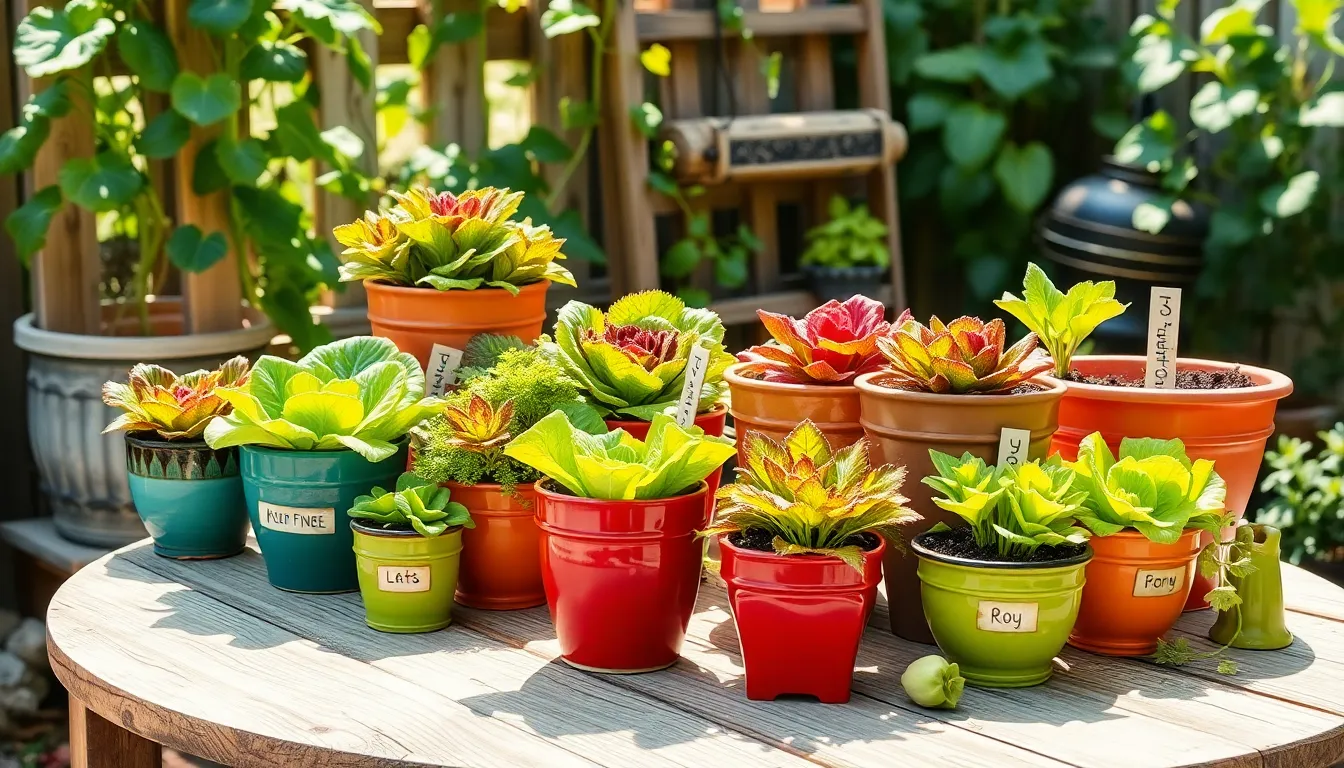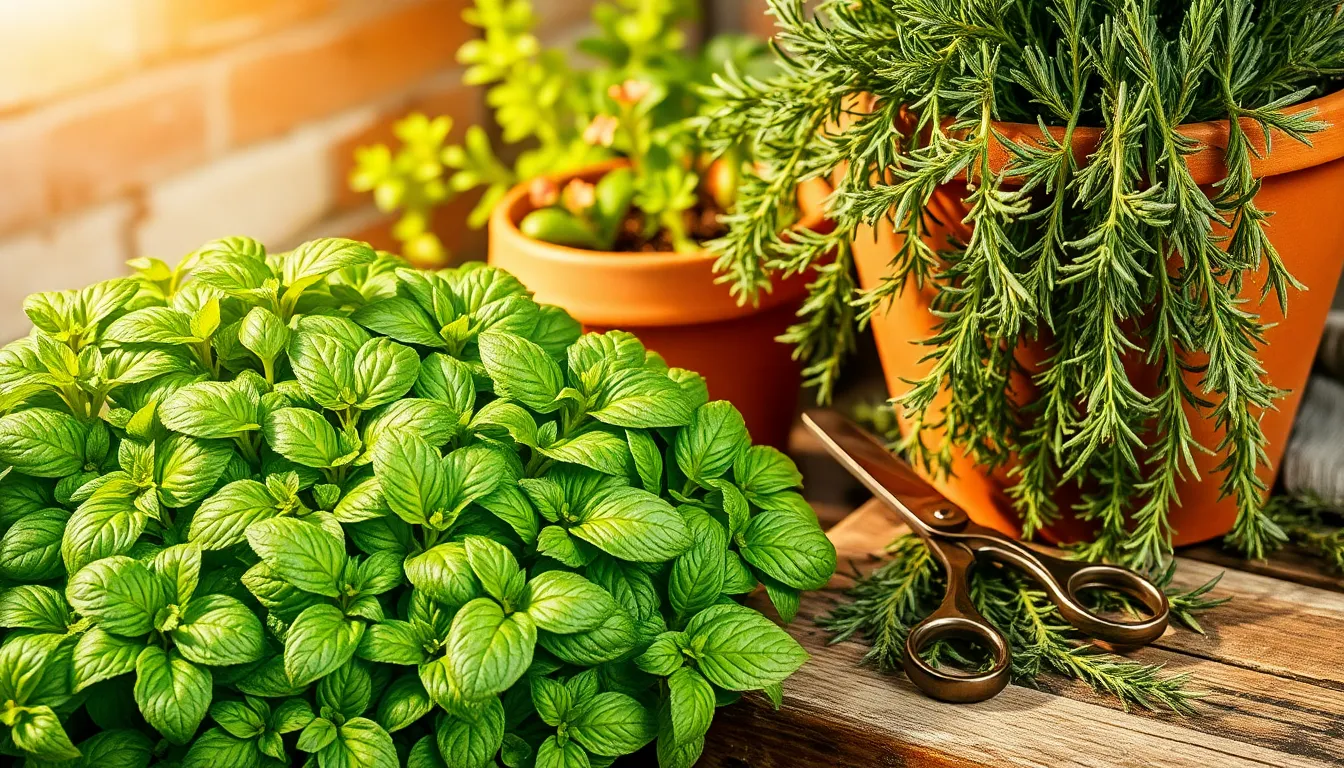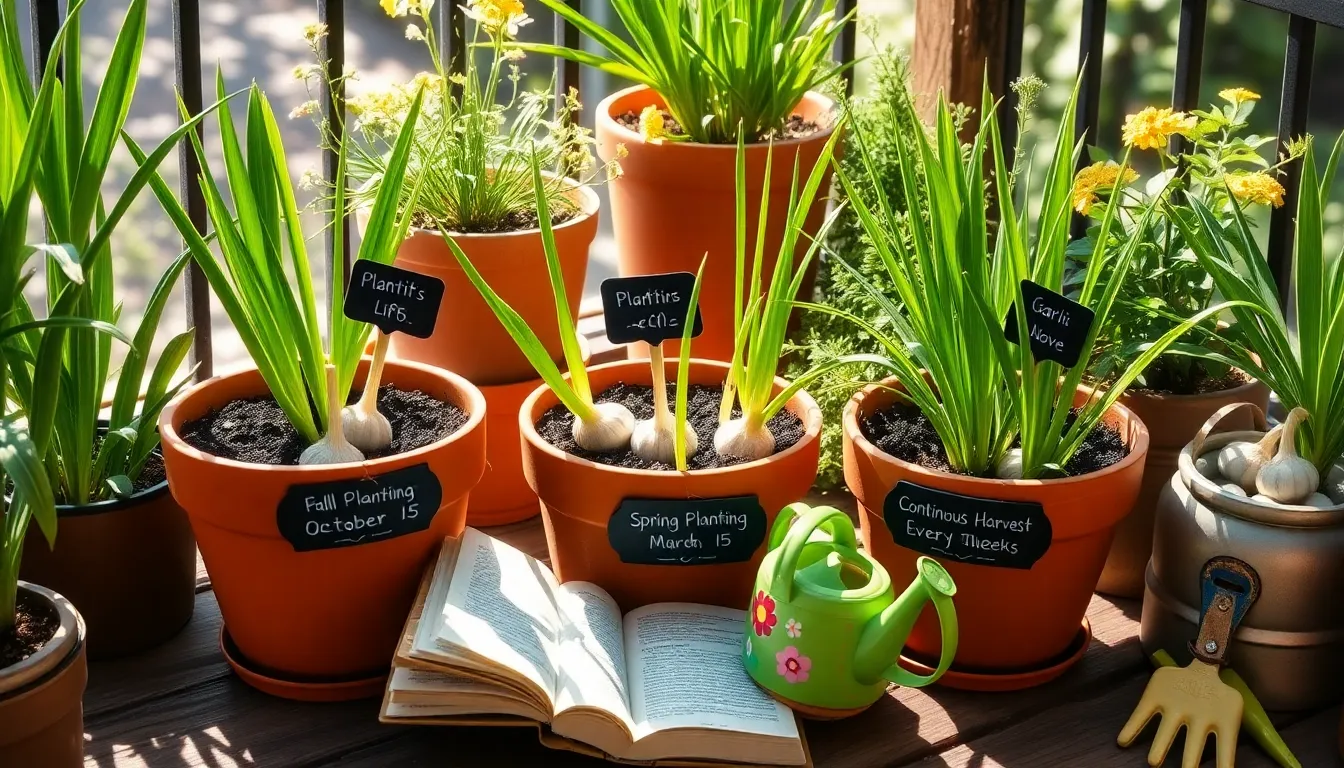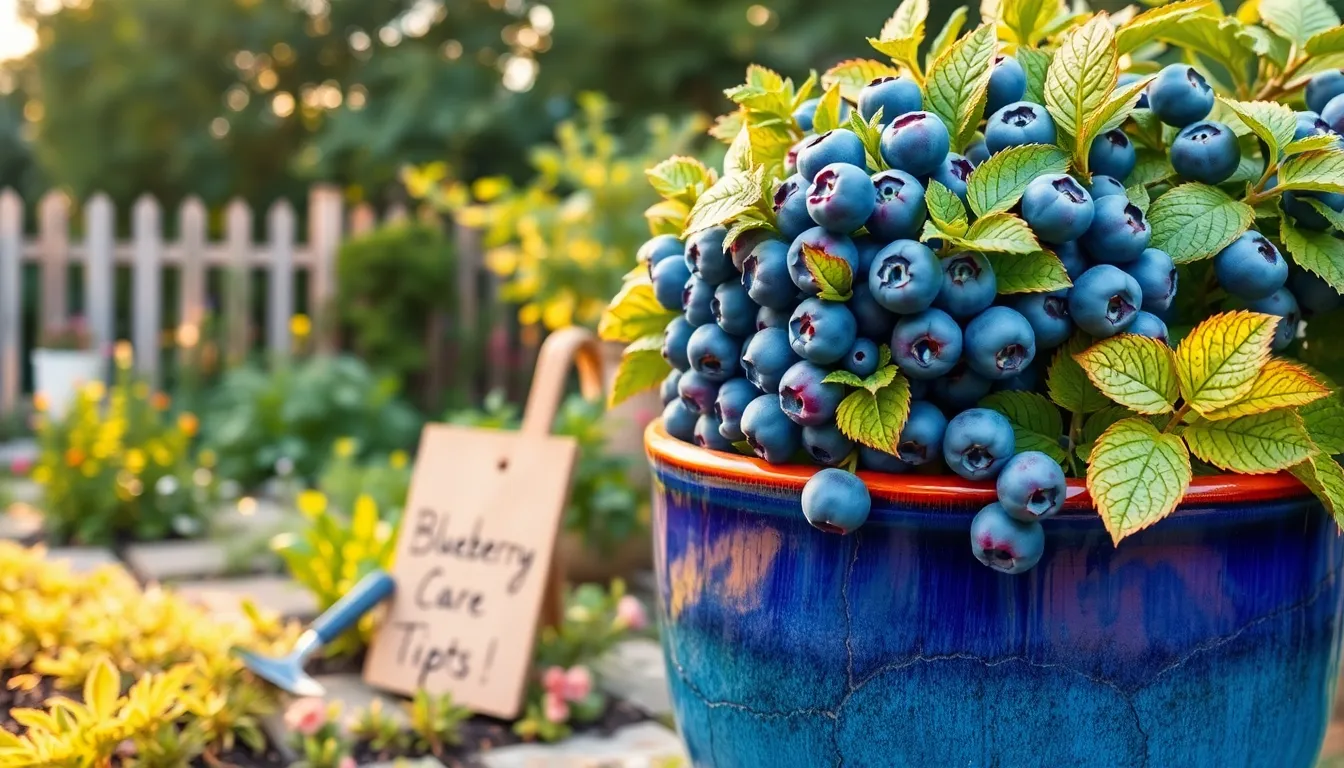Whether you’re a green-thumbed veteran or just starting to dip your toes into the satisfying world of gardening, growing lettuce in containers offers a delightful gateway into the art of cultivating your own food. This versatile approach not only maximizes small spaces but also provides a rewarding experience that can be tailored to your garden’s needs and your personal tastes.
Container gardening allows you to overcome soil limitations and manage environmental factors with ease, making it a practical choice for urban dwellers and those with limited yard space. By choosing to grow lettuce in containers, you open up a world of possibilities, from selecting unique lettuce varieties to experimenting with mobile garden arrangements.
In this article, we’ll explore why container gardening is a wise choice for lettuce cultivation and how it can seamlessly fit into both beginner and seasoned gardeners’ routines. You’ll learn practical tips on selecting the right containers, maintaining soil health, and ensuring your lettuce harvests are as bountiful as they are flavorful.
Benefits of Container Gardening
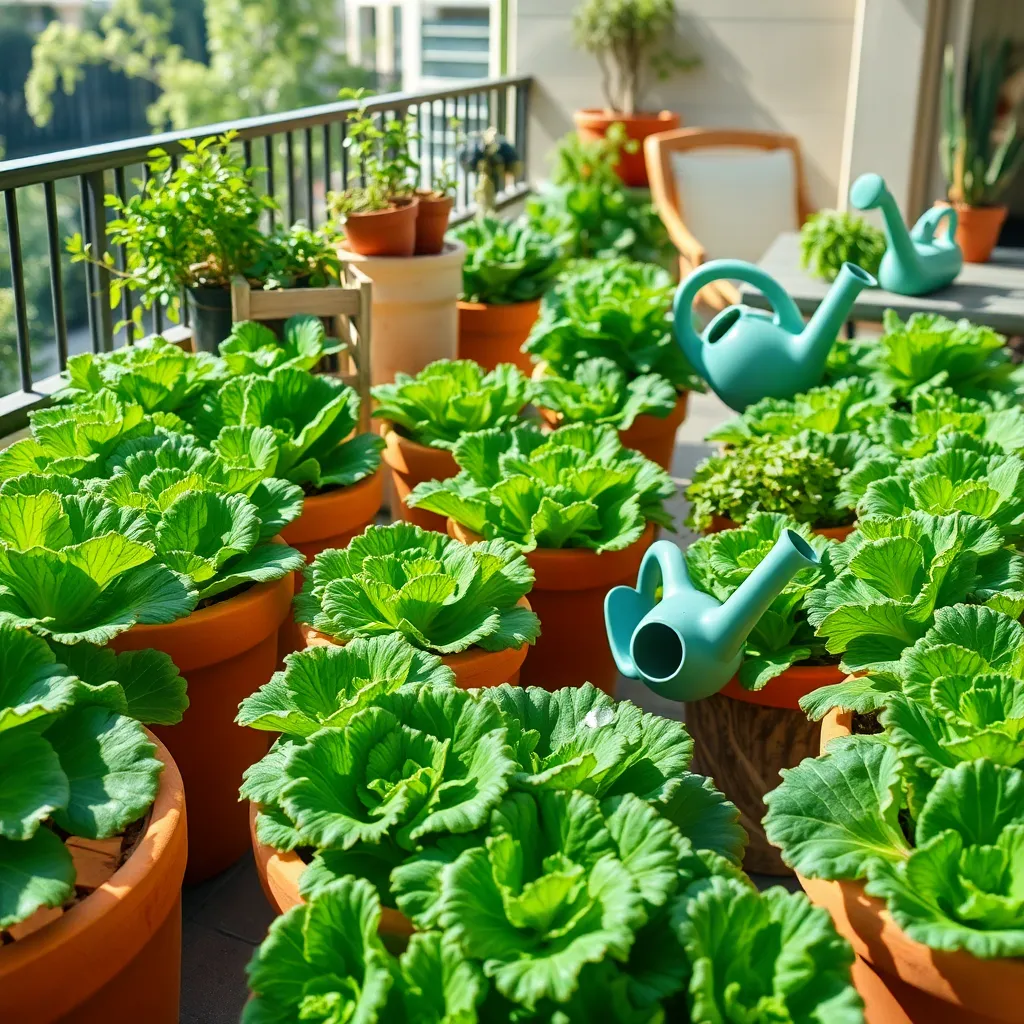
Container gardening offers the flexibility to grow plants even if you have limited space. By using pots, you can easily adjust the location of your lettuce to ensure it receives optimal light conditions, typically requiring at least six hours of sunlight daily.
One major advantage is the ability to control the soil quality more precisely. Mixing your own potting blend with equal parts of compost, peat moss, and perlite can create a nutrient-rich, well-draining environment perfect for lettuce.
Watering needs are also easier to manage with containers, as they tend to dry out more quickly than garden beds. To keep your lettuce moist but not waterlogged, aim to water consistently every other day, adjusting based on weather conditions.
Container gardening minimizes pest problems, as plants are elevated above the ground. For added protection, consider using a fine mesh netting to deter common pests like aphids and snails without using harsh chemicals.
Choosing Suitable Lettuce Varieties
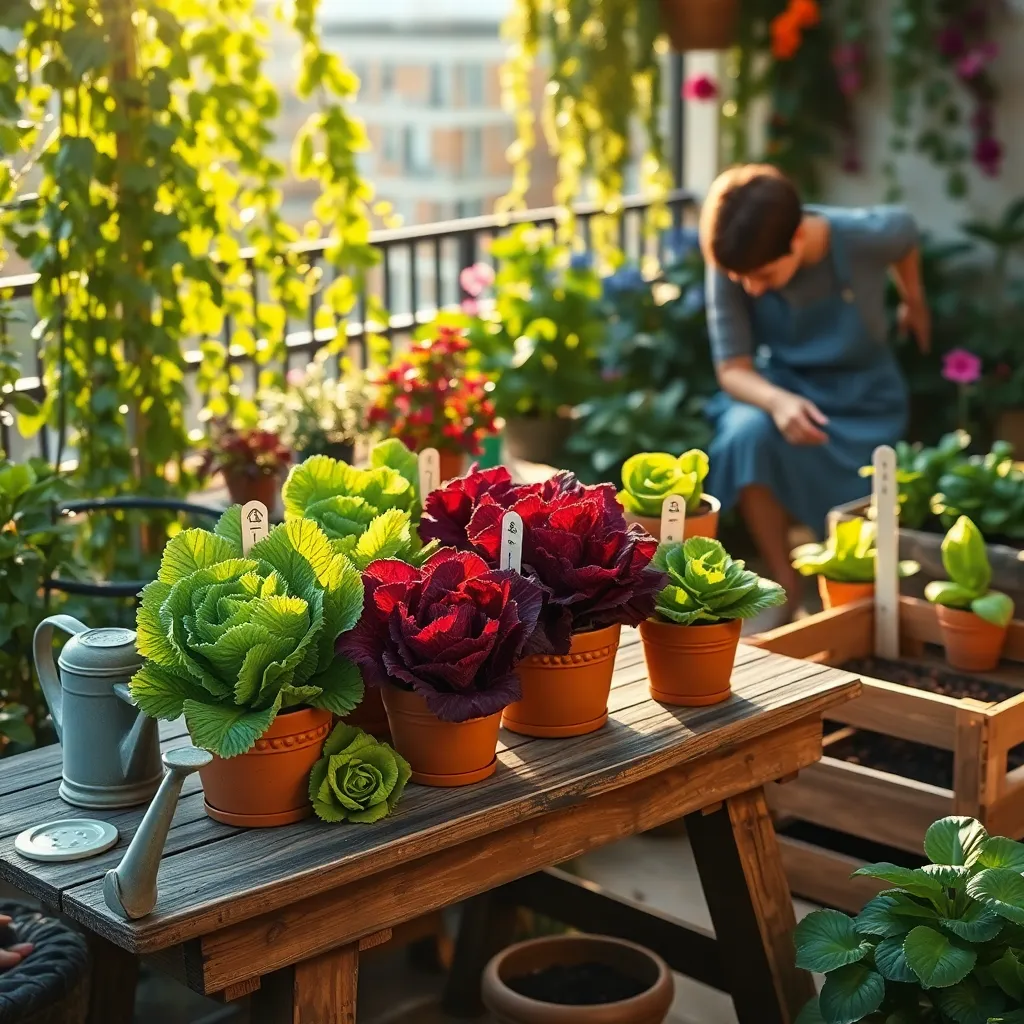
Choosing the right lettuce varieties for container gardening can greatly enhance your success. Opt for varieties that are known for their compact growth, such as ‘Tom Thumb’ or ‘Little Gem’, which fit well in smaller spaces.
Consider your climate when selecting lettuce types, as some varieties are more heat-tolerant than others. For warmer regions, try growing ‘Buttercrunch’ or ‘Summer Bibb’, which can withstand higher temperatures.
It’s important to think about the flavor and texture you desire in your salads. Leaf lettuces like ‘Red Sails’ offer a tender bite and vibrant color, making them an appealing choice for container gardens.
To extend your growing season, plant a mix of loose-leaf and heading types. Loose-leaf varieties mature quicker, allowing you to enjoy fresh greens while waiting for the slower-growing heads to form.
Preparing Containers for Planting
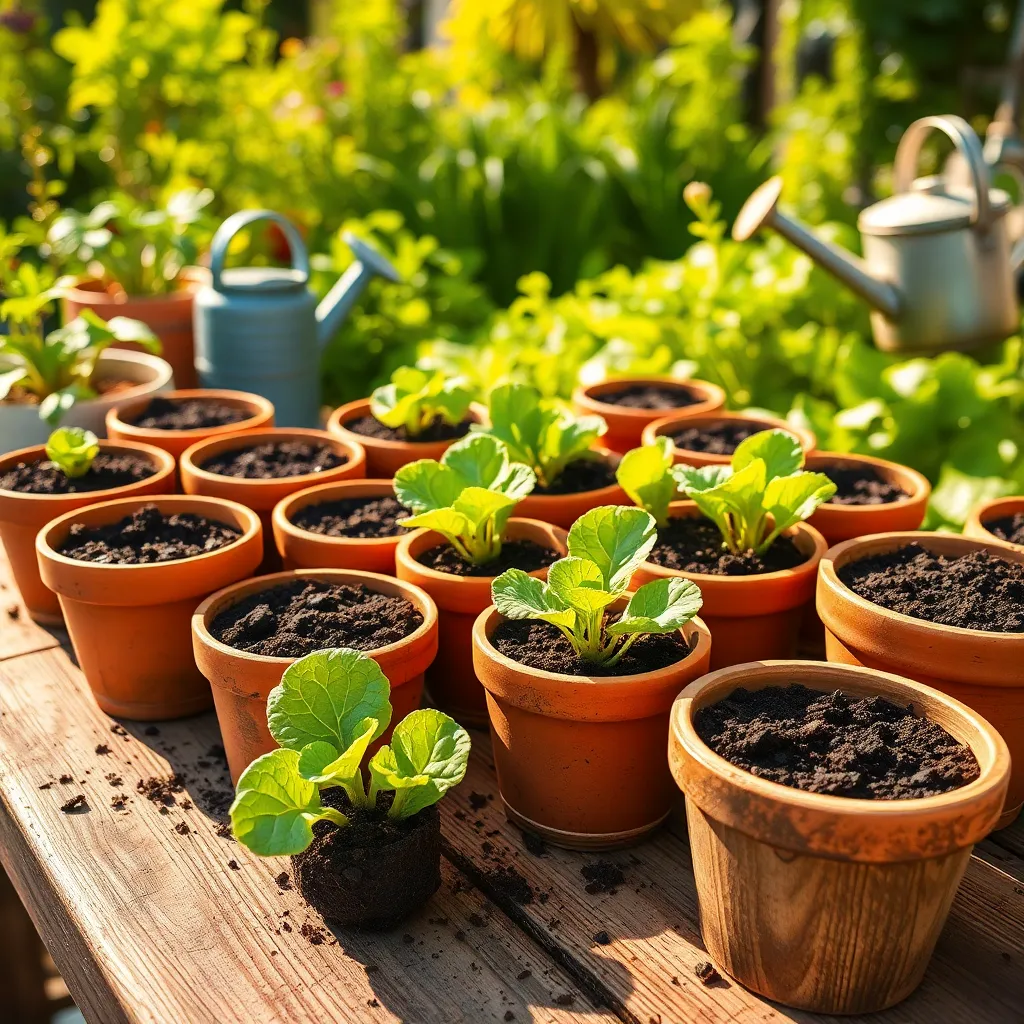
When preparing containers for planting lettuce, it’s essential to start with the right size. Choose a container that’s at least 6 to 12 inches deep to provide ample space for root growth, ensuring your lettuce thrives.
The choice of soil is crucial for healthy lettuce plants. Use a high-quality potting mix that retains moisture but also drains well, as lettuce prefers a consistently moist but not waterlogged environment.
Before planting, ensure the containers have adequate drainage holes. This prevents water from pooling at the bottom, which can lead to root rot and other fungal diseases.
Consider adding a layer of small stones or gravel at the bottom of the container. This helps improve drainage further, which is especially beneficial if your potting mix tends to retain too much water.
For those looking to take their container gardening to the next level, try incorporating a slow-release fertilizer into the soil. This provides a steady supply of nutrients, promoting vigorous lettuce growth throughout the growing season.
Optimal Care for Container Lettuce
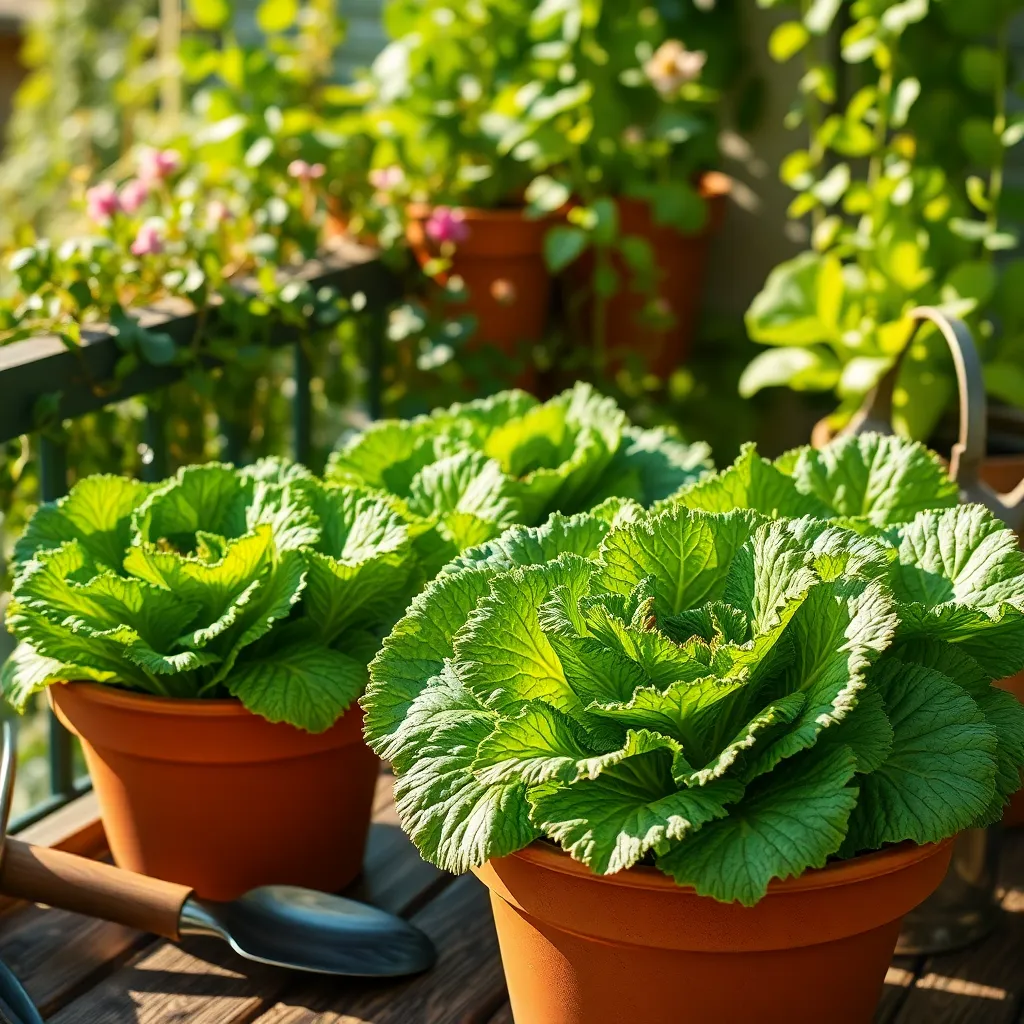
Growing lettuce in containers requires attention to both soil quality and light exposure. Choose a high-quality potting mix that is rich in organic matter to provide the nutrients your lettuce needs.
Ensure your containers have adequate drainage to prevent waterlogging, which can lead to root rot. Placing a layer of gravel at the bottom of the container can help enhance drainage and improve root health.
Lettuce thrives in cooler temperatures, so place your containers in a spot that receives morning sun and afternoon shade. During hotter months, you might consider moving your containers to a shadier location to prevent the lettuce from bolting.
Consistent watering is crucial for optimal growth, with soil kept evenly moist but not waterlogged. It’s often best to water in the early morning to reduce evaporation and give the plants a full day to absorb moisture.
For advanced care, consider fertilizing your lettuce every two weeks with a balanced, water-soluble fertilizer. Feeding your plants regularly promotes lush, healthy growth and ensures they have all the nutrients they need.
Regularly harvesting your lettuce not only provides fresh greens but also encourages new growth. Use scissors to snip leaves a few inches above the base, which helps the plant continue to produce.
Troubleshooting Common Growth Issues
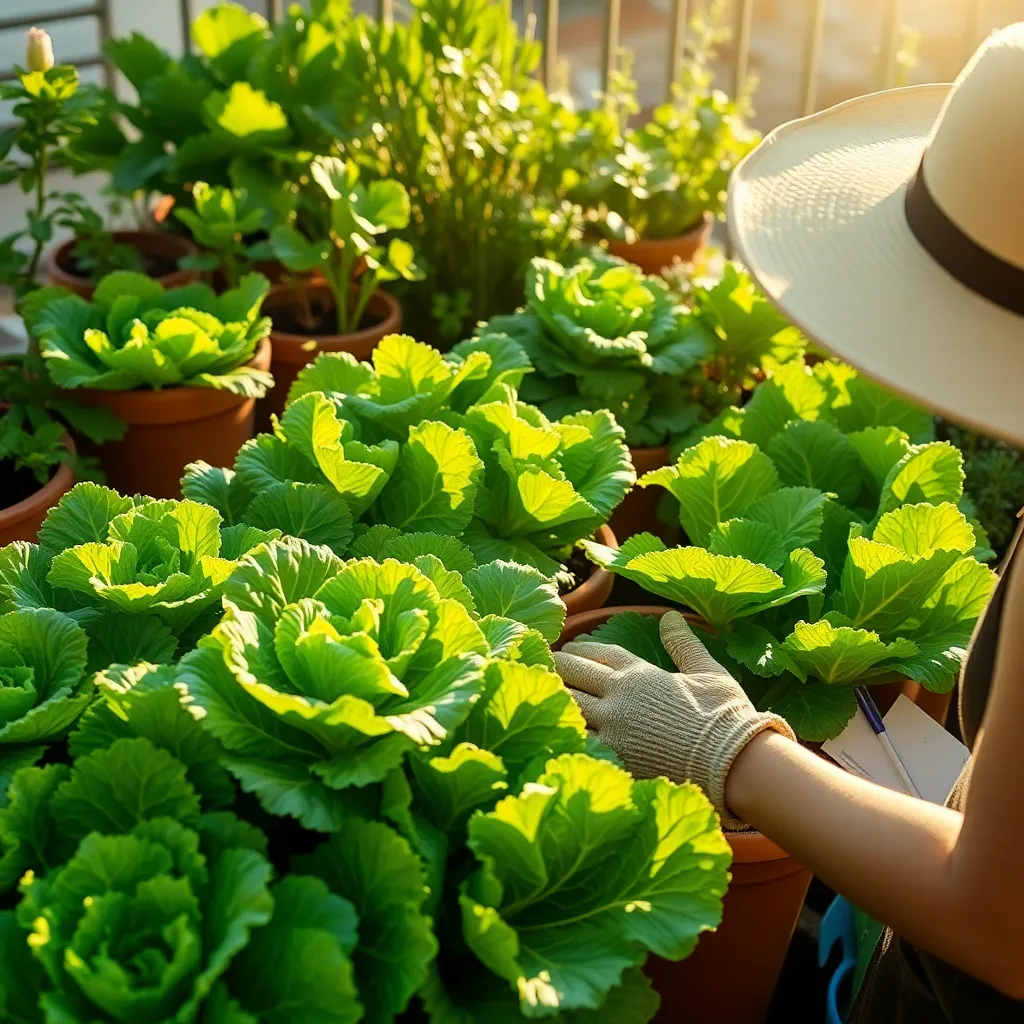
Sometimes, container-grown lettuce may experience slow growth or wilting. This can often be attributed to inadequate lighting, as lettuce requires at least six hours of sunlight per day for optimal growth. Consider moving your containers to a sunnier location or supplementing with grow lights if natural light is insufficient.
Another common issue is overwatering, which can lead to root rot and stunted growth. To avoid this, ensure that your containers have adequate drainage holes and use a well-draining potting mix. Allow the top inch of soil to dry out before watering again, and always check the moisture level with your finger or a moisture meter.
Pests such as aphids and slugs can also affect lettuce health, causing holes in leaves and reduced growth. Regularly inspect your plants and use natural pest control methods, such as neem oil or introducing beneficial insects like ladybugs. Creating a barrier with diatomaceous earth around the base of your plants can also deter slugs and other crawling pests.
Finally, nutrient deficiencies may manifest as yellowing leaves or poor growth. Ensure you’re using a potting mix rich in organic matter, and consider supplementing with a balanced, water-soluble fertilizer every two weeks. Advanced gardeners might also benefit from adding a layer of compost to retain moisture and provide additional nutrients.
Conclusion: Growing Success with These Plants
In cultivating a flourishing relationship, the key concepts we explored are as vital as growing lettuce in containers. First, we discussed the importance of creating a nurturing environment, much like ensuring your container has the right soil. Next, we emphasized setting boundaries, akin to choosing the correct container size. Thirdly, we highlighted the significance of consistent care, paralleling regular watering schedules. Fourth, we explored adapting to change, just as you would adjust for sunlight variations. Finally, we underscored the need for patience, mirroring the growth timeline of your plants.
To immediately strengthen your relationship, choose one concept to focus on today. Perhaps it’s setting aside time to discuss boundaries or planning a weekly check-in. By dedicating attention to these areas, you can foster a thriving partnership.
Don’t let this valuable insight slip away—bookmark this article for future reference. By taking these steps, you are setting the stage for a successful, resilient relationship. With commitment and care, your bond can grow strong and enduring, much like a well-tended garden. Let’s nurture our relationships with the same dedication we would our cherished plants.

